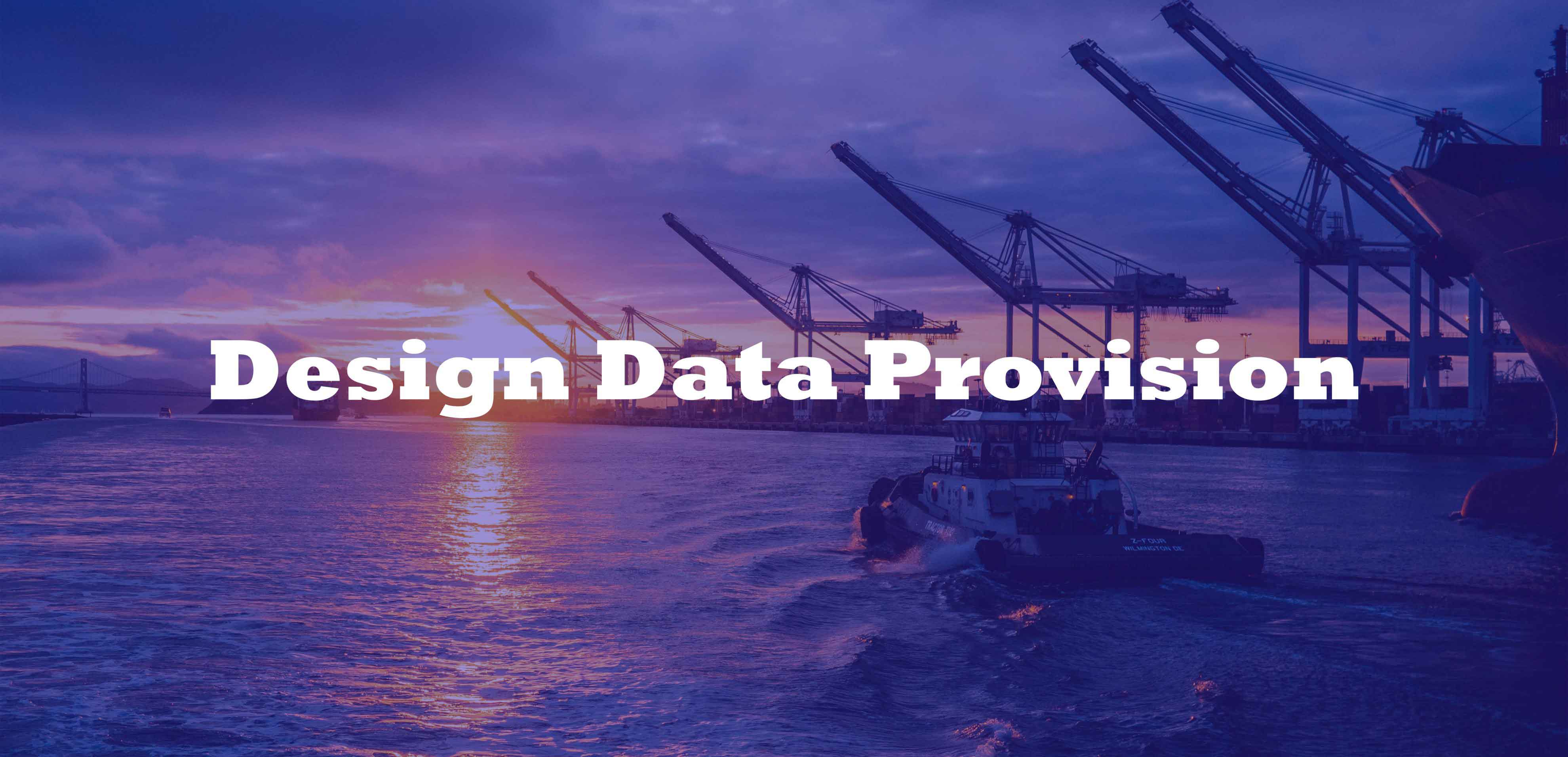
The Oceans Research Co. is capable of offering services at the highest technical levels in the areas of preparing and providing adequate, trustworthy, and necessary design parameters for engineering studies at various project stages, including conceptual, fundamental, and preliminary design stages of offshore, coastal, and inland projects.
The design data mentioned above includes, but is not limited to, the following areas:
- Hydrodynamics of coastal areas and marine environments
Current, wave, tide and storm tide
- Meteorology of maritime and inland coastal areas
Wind, solar radiation, air temperature, humidity, dew point, precipitation and barotropic pressure
- Simulating the sediment transport and morphology
Analysis of the type and size of bed sediments, the possibility of water fracturing of oil and gas transmission lines, the rate of inside sediment transfer
Drilled chips for the placement of marine pipes
- Coastal and sea environment and environmental impact evaluation
Marine growing, physical, chemical and biological characteristics of water
- Studying the possibility of spreading temperature and salinity to locate the water intake and discharge point of power plants and the feasibility of creating a short circuit of salinity and temperature
- Seismic and seismological studies
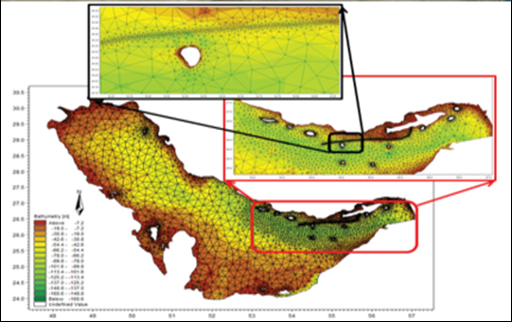
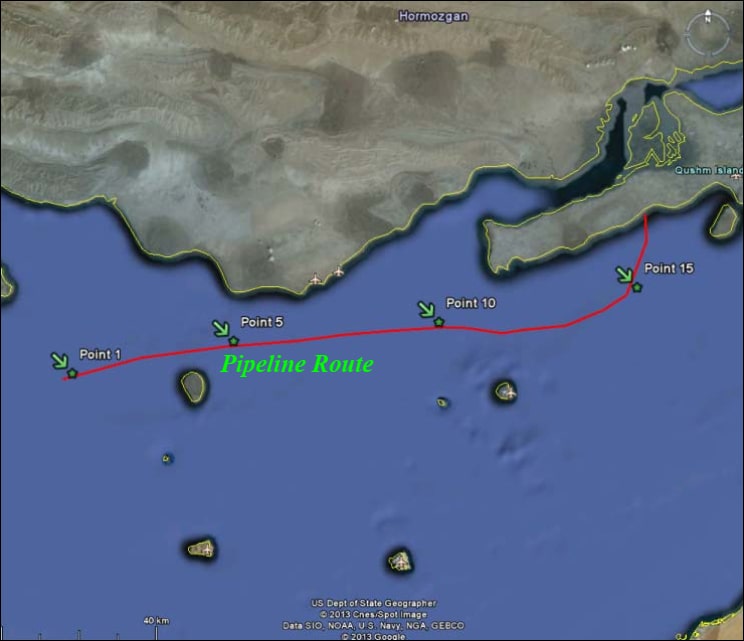
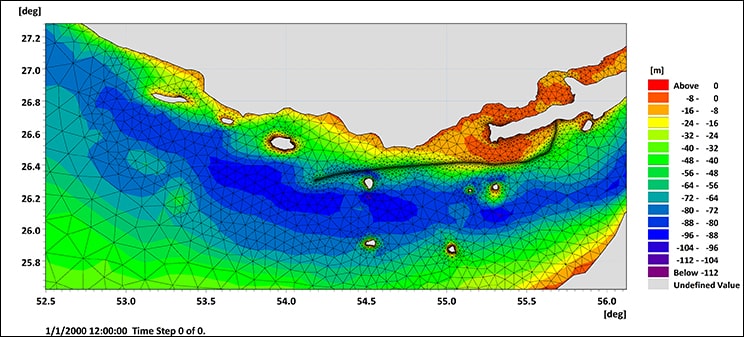
Replacement of buoys existing in Iranian waters
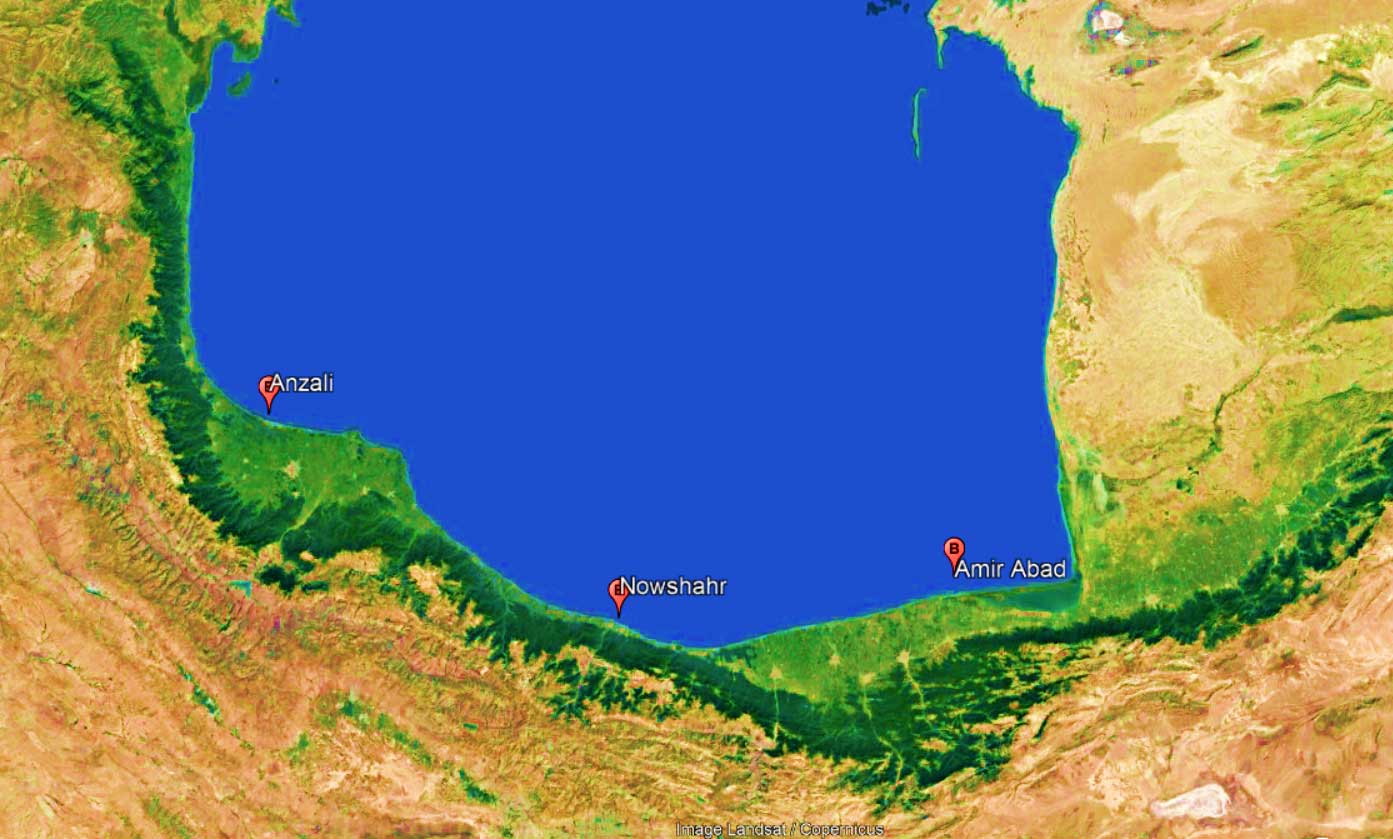
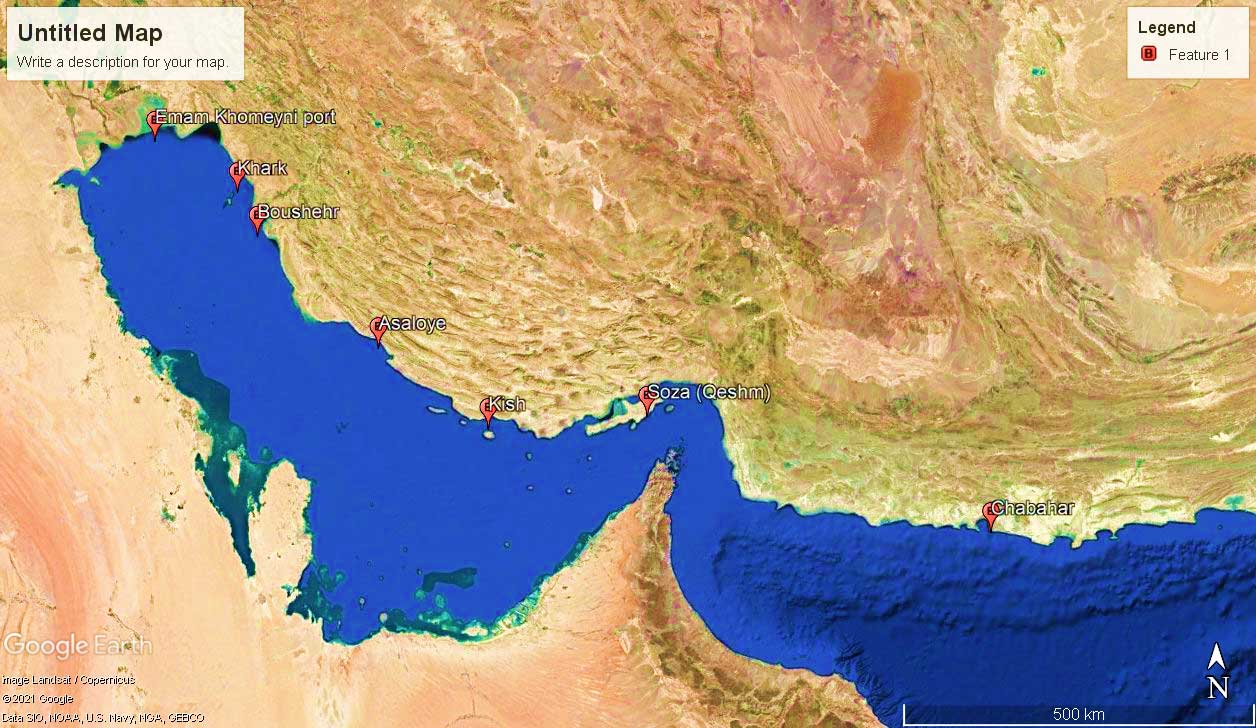
Iranian waterways have had buoys installed to capture wave and current data throughout the previous few decades. Experts and engineers in this sector now feel that certain data recording errors and deficiencies are directly connected to the placement of buoys and alterations made thereafter, which were done by trial and error, since the beginning of the data recording by these buoys. As a result, this consulting and knowledge-based organization has analyzed the present state of every buoy positioned in Iranian seas, evaluated it, and relocated the problematic buoys. There is a need for a fundamental revision of the current situation in the initial studies because of the problems with the location of the measurement buoys in the current situation, and also because the accuracy of the measurement of some studies, simulations, and scenarios depends on accurately recording the measurement information in these buoys to modify the unsuitable state of some of these buoys and restore them to a suitable state.
Therefore, based on the analysis of the current situation, the buoys that require replacement are typically placed in an undesirable manner. Some of them generally belong to the category of buoys whose placement was not previously considered from a scientific or research viewpoint, or from a scientific or research perspective for some of these buoys. They have, however, moved their location under several instances and rulings, and this change of site was accomplished by trial and error such as buoy information transfer, operational access for buoy maintenance, etc. Additionally, it was discovered during these examinations that some locations required replacement and the deployment of additional buoys; this business has conducted extensive research in this area.
However, the influencing factors in the early studies may be categorized as acquiring accurate data, taking security concerns into account, choosing a suitable placement depth, etc. for the placement and replacement of more buoys. These are the titles that significantly influence the placement or replacement of buoys. It is crucial to get accurate data, even if the relative importance of each of these metrics might change depending on the replacement and placement of more buoys.
